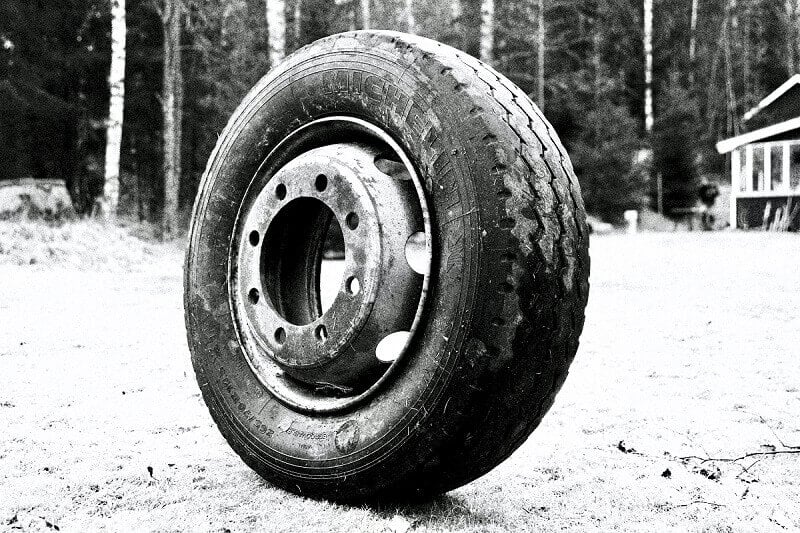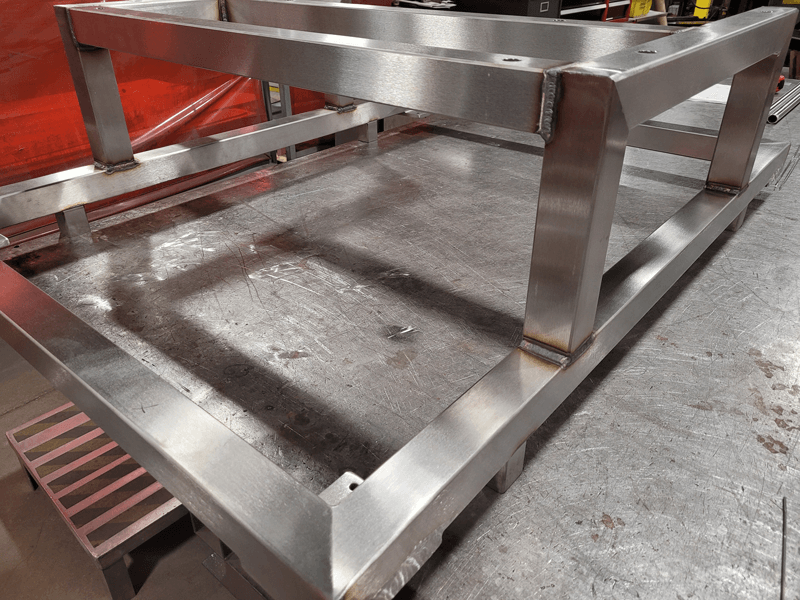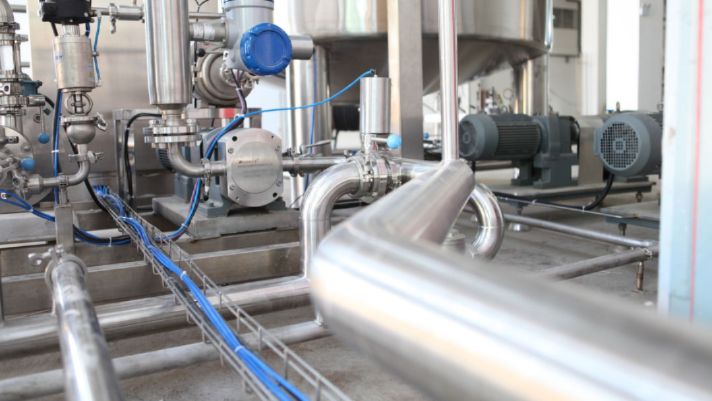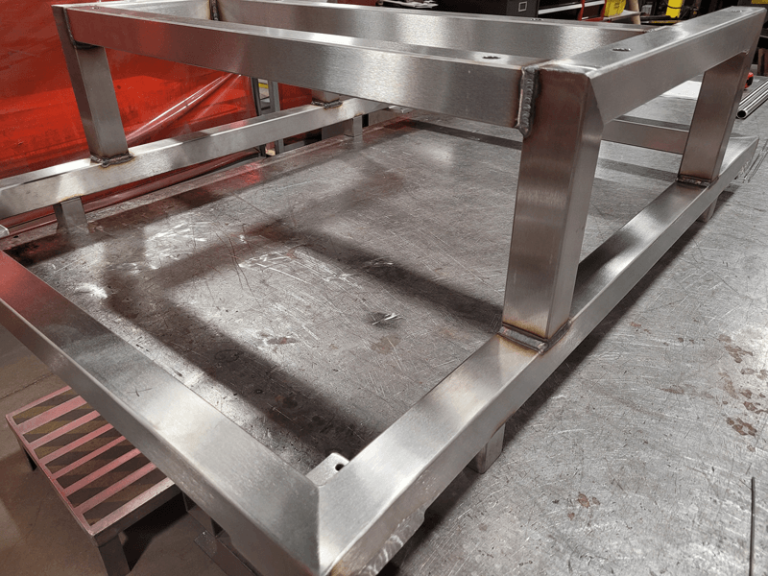Understanding Bearings: Types, Functions, and Maintenance Tips
Bearings are crucial components in various mechanical systems, enabling smooth rotational or linear movement by reducing friction between moving parts. This article explores different types of bearings, their functions, common questions about bearings, and maintenance tips to ensure longevity and efficiency.
What are bearings and why are they important?
Bearings are mechanical components designed to enable rotational or linear movement by reducing friction between moving parts. They play a critical role in machinery, vehicles, and industrial equipment, facilitating smooth operation and extending the lifespan of components.

What are the main types of bearings?
Bearings can be categorized into several types, including ball bearings, roller bearings, plain bearings, and thrust bearings. Each type is designed for specific applications based on load capacity, speed requirements, and environmental conditions.
How do bearings work?
Bearings work by providing a low-friction interface between moving parts. They typically consist of an inner and outer ring, with rolling elements (such as balls or rollers) or sliding surfaces (in plain bearings). When assembled correctly, bearings enable smooth rotation or linear movement with minimal resistance.
What are common signs that bearings need replacement?
Common indications that bearings may need replacement include unusual noises (such as grinding or squealing), excessive vibration, increased operating temperatures, and reduced performance or efficiency. Regular inspection and monitoring are essential to identify these signs early.
How should bearings be maintained to prolong their lifespan?
Proper maintenance is key to extending bearing lifespan. This includes regular lubrication to reduce friction and wear, ensuring proper alignment and mounting, monitoring operating conditions (such as temperature and vibration), and replacing bearings as recommended by manufacturers or when signs of wear are detected.
Bearings are essential components in machinery and equipment, facilitating smooth movement and reducing friction between parts. Understanding the types of bearings, their functions, and proper maintenance practices can help optimize performance and longevity. By following recommended maintenance procedures and promptly addressing signs of wear, users can ensure reliable operation and minimize downtime.
Incorporating geosynthetics, such as geotextiles, in industrial applications can further enhance performance and durability by providing additional support and stability to bearing installations, particularly in challenging environmental conditions.



